News
SSAIHQ CMS Display Portlet
SSAI In The News
Breadcrumb
Highlighting the Work that Paved the Way for Women and African Americans
by Jaha Knight
As we close out Black History Month and enter into Women's History Month, we thought it would be the perfect time to highlight three African American women whose work who paved a way in the field of STEM and makes the work that we do every day matter!

You may have heard about Hidden Figures, the 2017 film directed by Theodore Melfi, that tells the true story of three African American women - Katherine Johnson (Taraji P. Henson), Dorothy Vaughn (Octavia Spencer) and Mary Jackson (Janelle Monae). They all worked at NASA Langley Research Center in Hampton, VA and served as the brains behind the launch of astronaut John Glenn into orbit. The film portrays the struggles they went through in the 60's when the political climate of the country was changing and how they overcame racism and sexism to become part of a team whose efforts put a man on the moon (literally).
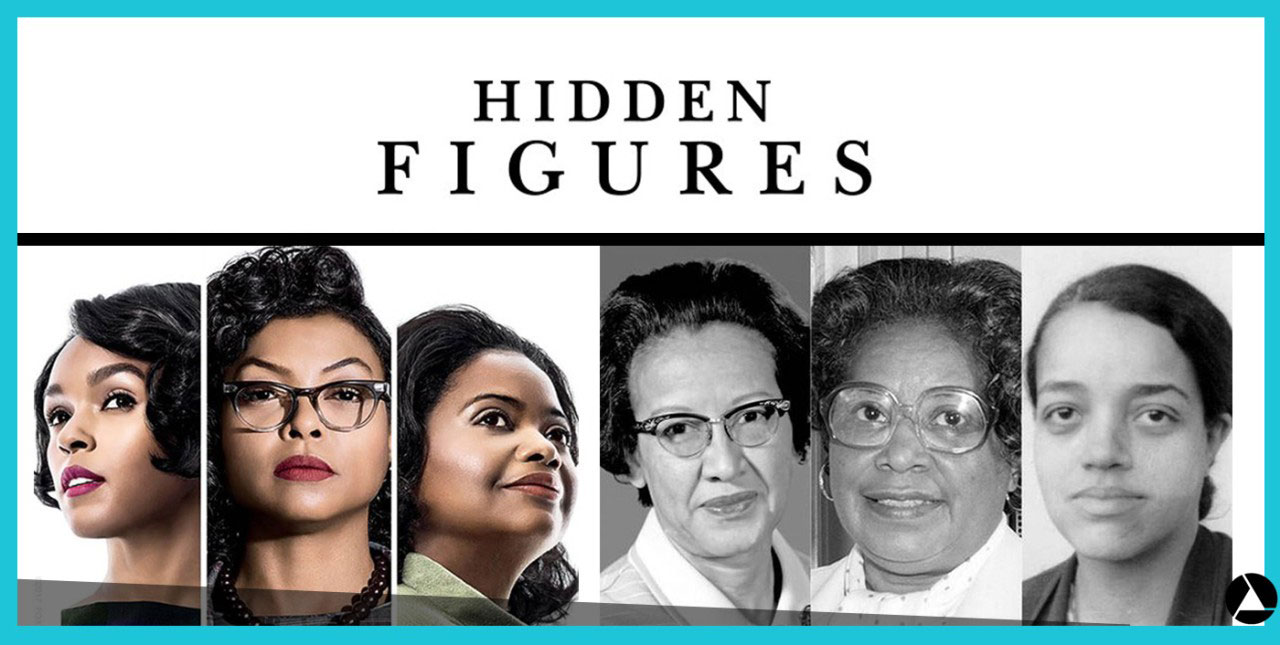
Though these three woman worked together worked together like a well-oiled machine or a "human computer," as they were referred to several times in the film, it is important to recognize the individual contributions each of them made in their respective specialties.
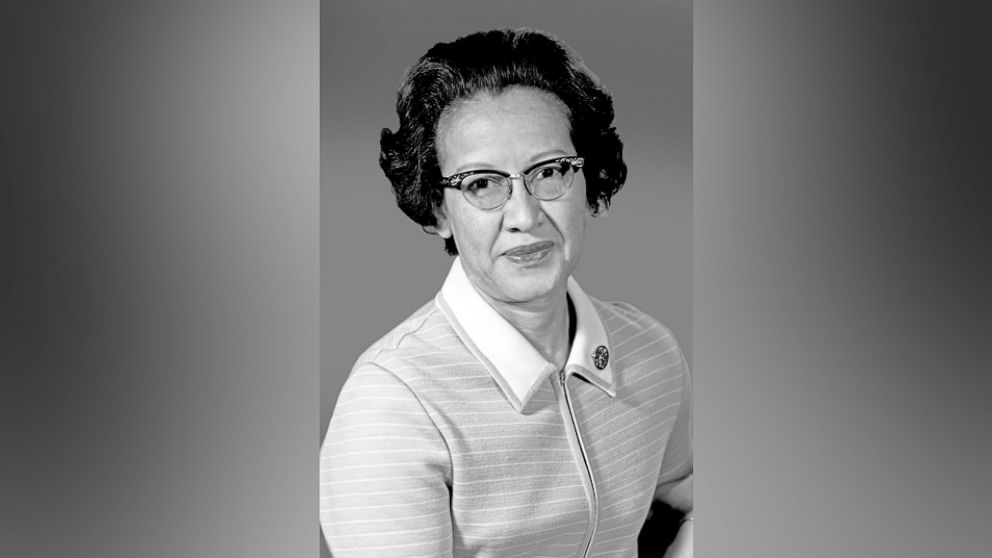
Katherine Johnson, a West Virginia native, began her 33-year reign at the National Advisory Committee for Aeronautics (NACA), which preceded the 1958 founding of the National Aeronautics and Space Administration (NASA) in 1953. She was a key figure in calculating trajectories for the first U.S. space missions and the Apollo 11 mission to the Moon. Johnson studied how to use geometry for space travel by figuring out the paths for the spacecraft to orbit Earth and land on the Moon. NASA trusted Johnson's numbers and...they worked! (nasa.gov) Johnson passed away in 2020 at the age of 101 and she holds various memorials around the city of Hampton and a building at NASA Langley called "The Katherine G. Johnson Computational Research Facility," which was dedicated in 2017.
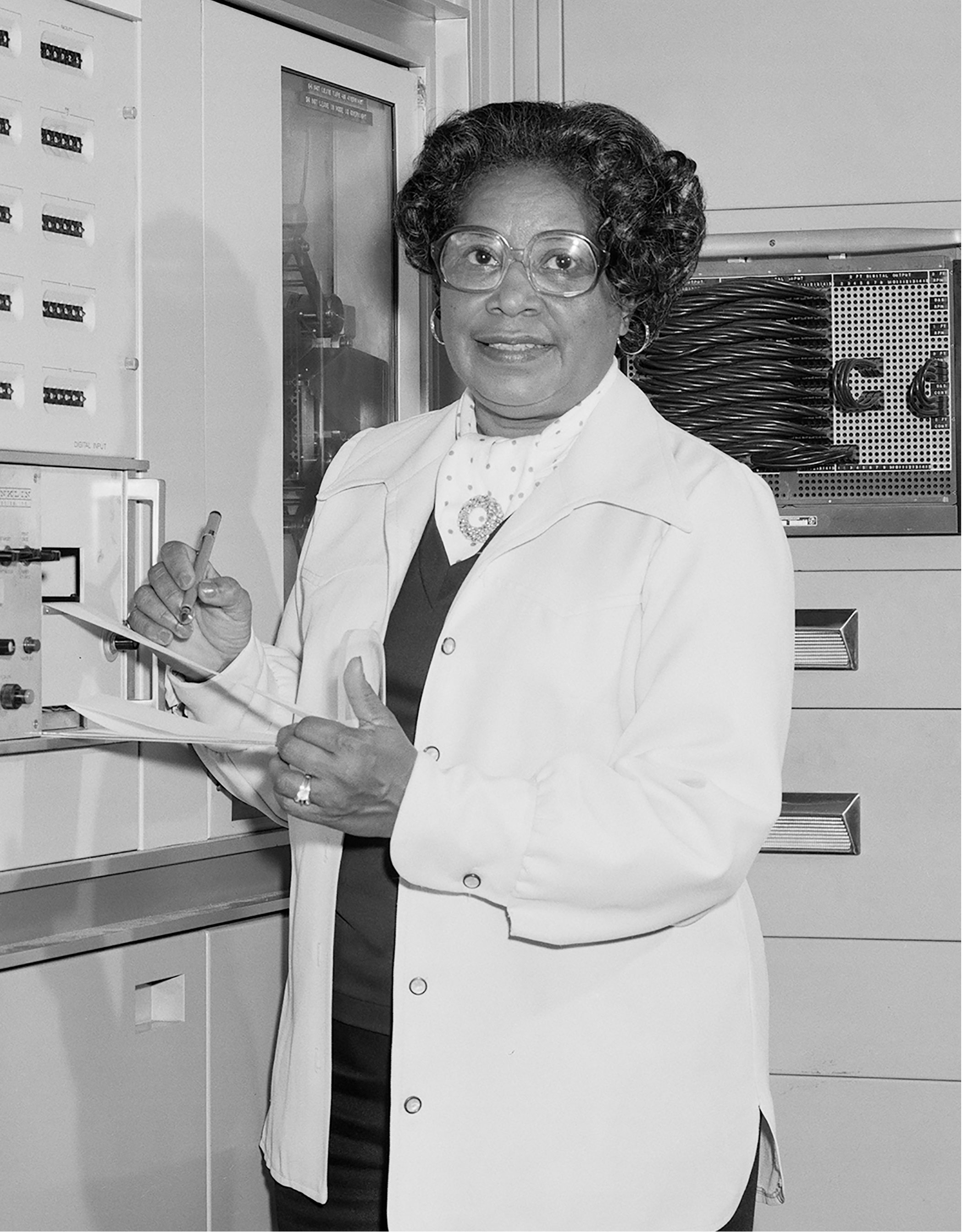
Mary Jackson, a Hampton, VA native, also started her mathematician and aerospace engineer career at NACA and worked at both agencies for a total of 34 years. Jackson began her career with the title Human Computer, at the segregated West Area computing division, which pushed her to take advanced engineering classes at the University of Virginia where she was also the first woman to be accepted into a graduate program at the engineering school. Her efforts paid off as she became NASA's first black female engineer.
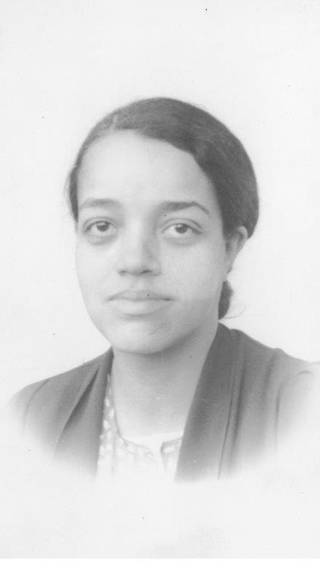
Lastly, but certainly not least when it comes to accomplishments, we have the last 'Hidden Figure' of the trio, Dorothy Vaughn. Vaughn, a Kansas City native, came to the Langley Memorial Aeronautical Laboratory in 1943 after leaving her position as a math teacher at Robert Russa Moton High School in Farmville, VA. Two years after President Roosevelt signed Executive Order 8802 into law, prohibiting racial, religious, and ethnic segregation, Vaughn was reassigned to the West Area Computing Unit from 1949-1958 (nasa.gov). Her efforts led her to become NACA's first black supervisor, and she remains one of the few female supervisors as well.
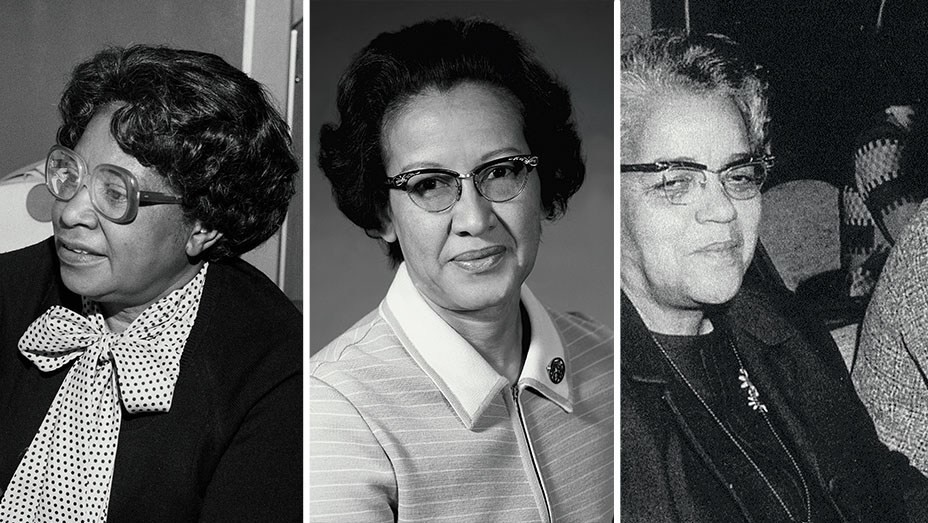
Without the work of these three women, we may have never been able to put a man on the moon during the height of the "Race to Space," and we thank them, and all of the women at SSAI, who have paved and are currently paving the way in a field where women generally make up 28% of the workforce. As a company we hold the commitment to honor the women who came before us and the women who are continuing those efforts to break the glass ceiling!
Happy Women's History Month from SSAI!

